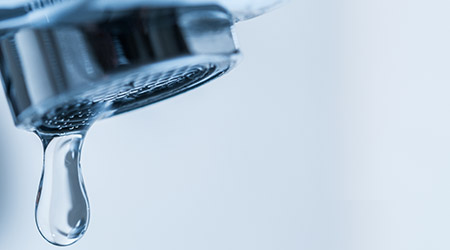Sustainability remains a high priority for many hospitals and other healthcare facilities, even as dealing with the COVID-19 pandemic continues to require a great deal of attention from facilities managers. Among the central pillars of sustainable operations in these facilities is water conservation. For managers seeking resources in these efforts, the federal WaterSense program offers some guidance.
About 7 percent of the total water use in U.S. commercial and institutional facilities takes place in hospitals and other health care facilities. The largest uses of water in hospitals are cooling equipment, plumbing fixtures, landscaping, and medical process rinses. WaterSense offers a fact sheet that can help managers make the case for strategic investments in water-saving technology.
It also offers a case study on a hospital in Olympia, Washington, that saves $140,000 a year in water and sewer costs due to its water-efficiency actions.
WaterSense also outlines actions managers can take to start their water-conservation efforts:
- Develop a water management plan.
- Assess facilities’ water use to identify opportunities for savings, and track the results.
- Check regularly for leaks and, when found, repair them promptly.
- Replace restroom fixtures with more efficient models.
- Retrofit or replace medical equipment to more efficient models.
- Eliminate single-pass cooling by recirculating cooling water or moving to air-cooled systems.
- Evaluate equipment in cafeterias and laundry for potential water savings.
More strategies and tactics are available in WaterSense at Work.

 UF Health Hospitals Rely on Green Globes to Realize Their Full Potential
UF Health Hospitals Rely on Green Globes to Realize Their Full Potential How Healthcare Facilities Can Be Truly Disaster-Resilient
How Healthcare Facilities Can Be Truly Disaster-Resilient TriasMD Breaks Ground on DISC Surgery Center for San Fernando Valley
TriasMD Breaks Ground on DISC Surgery Center for San Fernando Valley Bigfork Valley Hospital Falls Victim to Data Breach
Bigfork Valley Hospital Falls Victim to Data Breach AI-Driven Facilities: Strategic Planning and Cost Management
AI-Driven Facilities: Strategic Planning and Cost Management